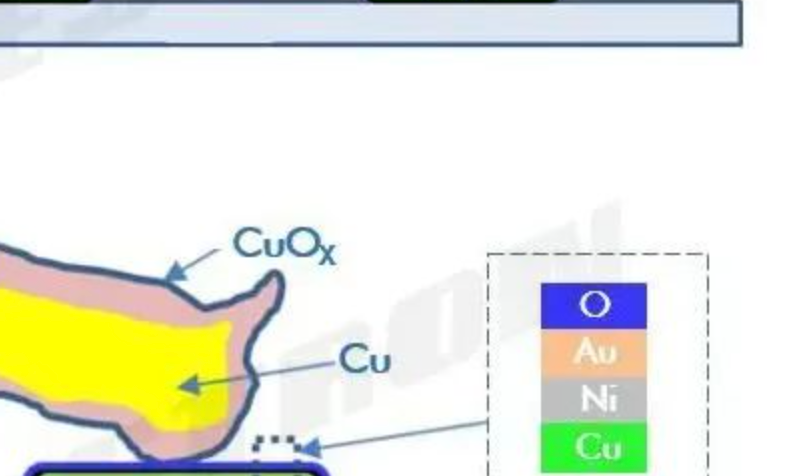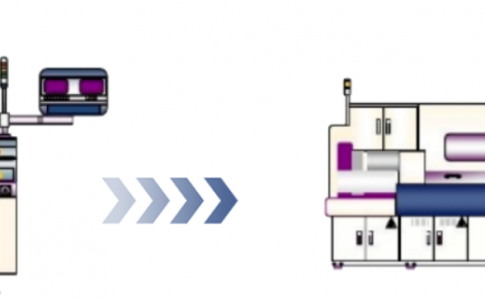The requirements for derating electronic components may vary among different companies, and there is no unified standard. The standard “CQC1627-2020 Requirements and Test Methods for Derating of Electronic Components” provides a performance grading certification for the extent of component derating, which can be used as a reference in the design process.
Derating Level Tables for Various Components
01—Resistors: Derating Level Table for Resistors
02—Capacitors: Derating Level Table for Capacitors
03—Optoelectronic Devices: Derating Level Table for Optoelectronic Devices
04—Transistors: Derating Level Table for Transistors
05—Diodes: Derating Level Table for Diodes
06—Micro Integrated Circuits: Derating Level Table for Micro Integrated Circuits
07—Magnetic Components: Derating Level Table for Magnetic Components
08—Fuses and USB Receptacles: Derating Level Table for Fuses and USB Receptacles
09—PCB: Copper Thickness Requirements for PCB
02—Capacitors: Derating Level Table for Capacitors
03—Optoelectronic Devices: Derating Level Table for Optoelectronic Devices
04—Transistors: Derating Level Table for Transistors
05—Diodes: Derating Level Table for Diodes
06—Micro Integrated Circuits: Derating Level Table for Micro Integrated Circuits
07—Magnetic Components: Derating Level Table for Magnetic Components
08—Fuses and USB Receptacles: Derating Level Table for Fuses and USB Receptacles
09—PCB: Copper Thickness Requirements for PCB
Derating Test Methods
The derating test methods generally include the following steps:
-
Component Parameter Testing: Measure parameters such as current, voltage, and temperature to determine the normal operating parameters of the components.
-
High and Low Temperature Testing: Place components in extreme temperature conditions to verify their reliability and stability.
-
Humidity and Heat Testing: Test components in high-temperature and high-humidity environments.
-
Vibration Testing: Verify the reliability of components under vibration conditions.
-
Accelerated Aging Testing: Operate components under higher-than-normal conditions for extended periods to simulate long-term aging.
Derating Stress Analysis
Derating stress analysis involves comparing the actual operating conditions of a component with its specifications to determine the remaining capacity (derating). This includes:
-
Temperature Stress: Calculating the junction temperature (Tj) using the thermal resistance (θ) and actual power dissipation.
-
Voltage Stress: Ensuring the operating voltage is within the derated limits.
-
Current Stress: Verifying that the current does not exceed the derated values.
-
Power Stress: Confirming that the power dissipation is within safe limits.
Derating Levels
Derating levels are categorized based on the stress ratio (the ratio of actual stress to rated stress):
-
Level I Derating: The highest level of derating, offering the greatest improvement in reliability. It is suitable for critical applications where failure could lead to severe consequences.
-
Level II Derating: A moderate level of derating, providing significant reliability improvements and easier implementation in design.
-
Level III Derating: The lowest level of derating, offering the least improvement in reliability but the easiest to implement in design.
These derating guidelines and methods help engineers design more reliable electronic systems by reducing the stress on components and extending their operational life.





No comments